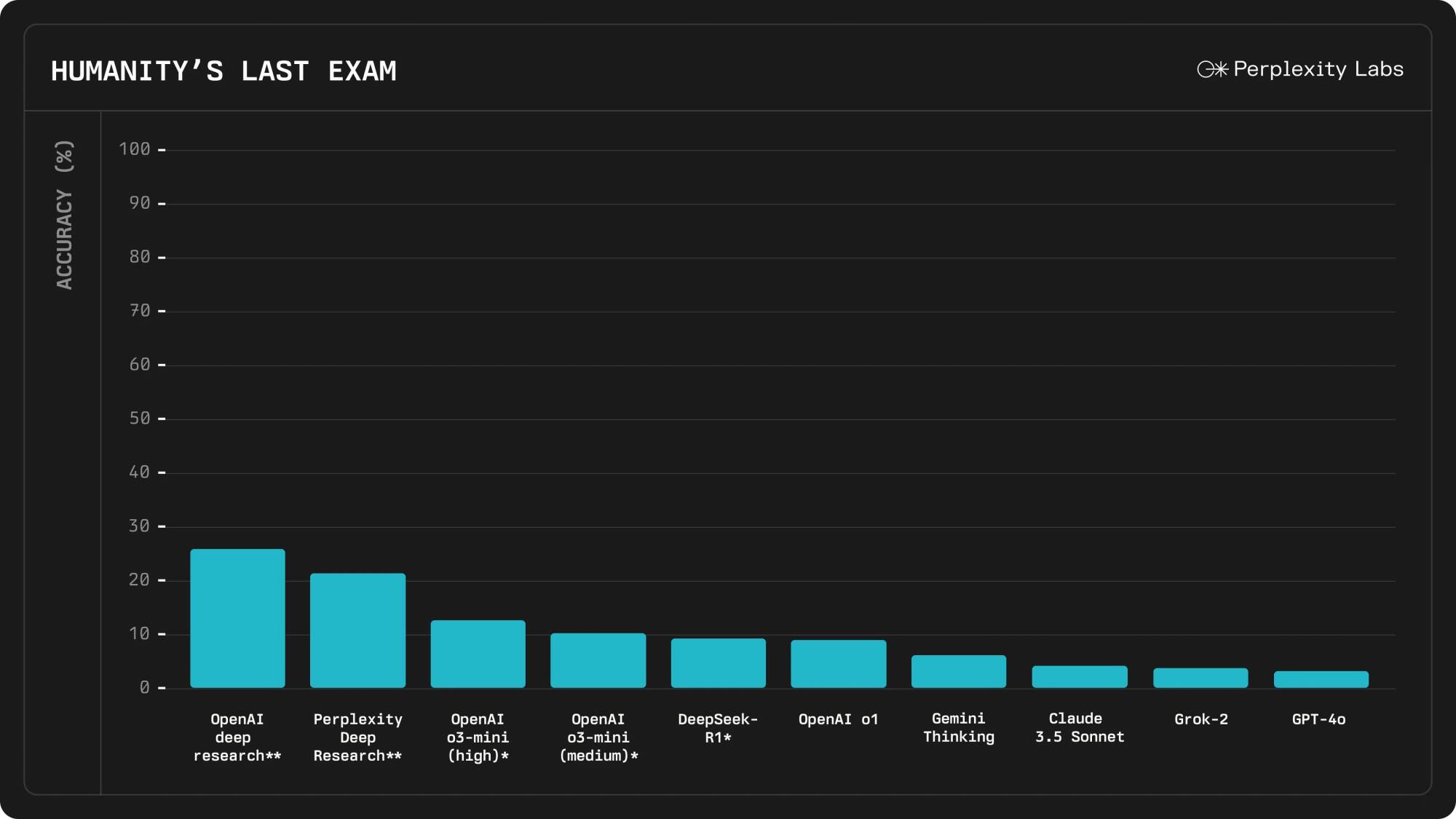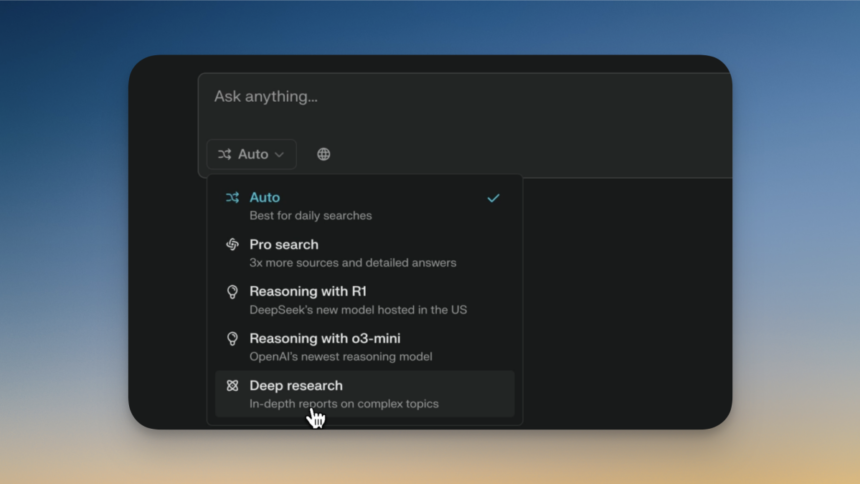Exploring Perplexity AI’s New Deep Research Feature
Following in the footsteps of OpenAI, Perplexity AI is making significant strides in the deep research arena. This innovation is particularly compelling, as Perplexity emerges as the first notable AI platform to provide a Deep Research feature accessible to free users, which stands in contrast to DeepSeek‘s approach. In comparison, OpenAI restricts its Deep Research capabilities, which are available exclusively to subscribers of the premium $200/month ChatGPT Pro tier.
The Deep Research functionality operates by conducting extensive searches and reviewing numerous resources before delivering answers. While tools like Copilot’s “Think Deeper” provide insights, the unique offering of Perplexity lies in its ability to compile findings into a cohesive, white-paper-like report.
This feature is freely available to all users who log in, although a limit of five queries per day applies. However, subscribers to Perplexity Pro, priced at $20 per month or $200 annually, can execute up to 500 queries each month. In contrast, OpenAI users on the Pro plan benefit from only 120 monthly queries, while other paid account users are limited to just 10.
It’s important to note that comparisons between the two AI’s offerings aren’t straightforward. ChatGPT’s Deep Research can be quite time-consuming, sometimes taking up to 20 minutes as it poses follow-up questions and details the intricacies involved in its analysis, culminating in an extensive report. On the other hand, Perplexity’s version delivers results within 2 to 4 minutes, focusing significantly on web searches and data organization rather than profound interpretation. Although OpenAI leverages its upcoming o3 reasoning model, specifics regarding the technology utilized by Perplexity remain undisclosed.

In a benchmark called Humanity’s Last Exam, which features over 3,000 questions on diverse subjects, Perplexity’s Deep Research achieved an accuracy rate of 21.1%. This performance surpasses that of DeepSeek R1 at 8.6% and Gemini at 7.2%. OpenAI’s Deep Research remains at the forefront with a 26.6% accuracy rate, but Perplexity’s impressive showing at a lower cost creates a notable distinction.
The introduction of Deep Research could potentially transform users’ experience with Perplexity. Traditionally, AI chatbots have relied on several prompts to provide detailed responses; users typically ask multiple questions to tease out deeper information. However, with Deep Research, a single, well-articulated inquiry can yield a comprehensive report, minimizing the need for prolonged interaction. The specificity and thoroughness of the user’s input can enhance the AI’s research quality, allowing it to produce extensive reports with less back-and-forth. Furthermore, generated reports can be conveniently downloaded as PDFs.

On its official blog, Perplexity has showcased various examples illustrating the advantages of the Deep Research feature. While the default mode may offer bullet-point responses, Deep Research produces in-depth paragraphs, comprehensive reports, and enhanced formatting.












